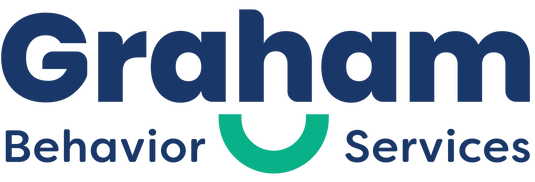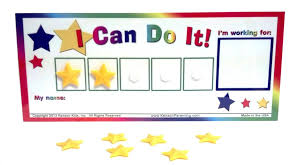Generalization is an extremely important aspect of ABA intervention. People with autism don’t consistently generalize skills, and therefore we need to actively program for the generalization of skills from training to non training conditions. There are two important factors when considering the generalization of a skill: how will I promote or facilitate generalization during teaching, and how will I assess generalization to make sure the response has generalized to relevant conditions?
Before teaching a skill, you want to think about the most relevant way to assess generalization. What is the ultimate end goal of the skill you are teaching? When teaching direction following, I want the learner to follow directions from all caregivers and teachers, so I assess generalization for direction following across people or with people not used in teaching. For object identification, I want the learner to be able to identify all examples of an item, so I would want to assess generalization across materials or with materials not used in teaching. When teaching appropriate behavior when in the community, I may want to assess generalization across locations to ensure the learner displays the appropriate behavior or new skill in any location in the community. I may also want to assess across people to ensure the learner engages in appropriate behavior regardless of who is with the learner.
Once you have decided how you will assess generalization of a skill, you then have to plan for promoting generalization. Stokes and Baer in 1977 described 9 strategies for programming for generalization including: train loosely, train and hope, sufficient exemplars, train “to generalize,” program common stimuli, sequential modification, introduce to natural maintaining contingencies, use indiscriminable contingencies, and mediate generalization. The condition I use most often in home programming to facilitate generalization is programming common stimuli.
Programming common stimuli involves having a stimulus control the behavior so that as long as the stimulus is present, the learner displays the targeted response. For teaching appropriate behavior in the community, you could use a common stimulus that can be used anywhere. A behavior contract specifying rules for how to behave in stores could be the common stimulus. The contract controls the learner’s behavior regardless of where they go in the community and who is with the learner, so the learner still acts appropriately as long as the contract is implemented. You are promoting generalization across locations and people.
When assessing generalization, it is important to collect data prior to teaching a set for a program and after criterion is met using the same stimuli. This way you have a point of comparison. The goal is to see an increase in generalization data compared to before teaching. You also only want to assess one aspect of generalization at a time. Depending on the program you may want to assess using novel materials, different locations, or novel people not used in teaching. For example, for answering questions, keep all aspects of teaching the same but use a different person to ask the target questions. Otherwise, if generalization is low, you won’t know which aspect of generalization the learner has difficulty with. If you want to collect across two different conditions, just do it at separate times and use a different symbol to display the data.
Here is an example to tie it all together.
Prior to teaching appropriate behavior in the community with the behavior contract, you would want to collect generalization data in the community at places you don’t plan to use during teaching. Then teach the skill of appropriate behavior with the contract. Once the learner meets criterion, collect data again in the same locations you used for generalization prior to teaching. As long as there is an increase in generalization after teaching, the skill has generalized. Of course if generalization data have increased from before teaching but are still lower than you would like, then you can start teaching in those locations. But make sure to collect data at new locations designated for generalization prior to teaching the contract at the previously generalization locations.
Stokes, T. F., & Baer, D. M. (1977). An implicit technology of generalization. Journal of applied behavior analysis, 10(2), 349–367. doi:10.1901/jaba.1977.10-349












